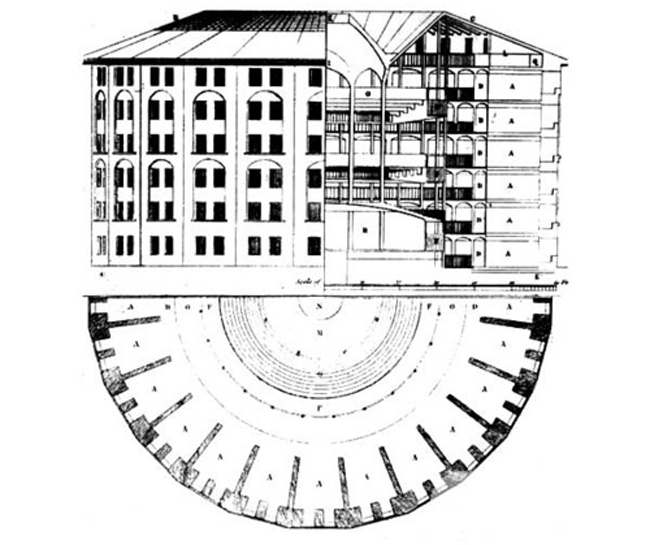
June 4, 2013
“Prison Architect” Raises Questions for Architecture as a Discipline
Young architects use their talents and skills to design games
Welcome to the inaugural article in the Summer Video Game series, where we explore the ways in which video or computer games deal with architecture. Forming part of the inspiration for the series is the growing trend of young architects moving out of the profession and into game design. These designers use their knowledge of rendering to bring new skills and innovation to the gaming experience. The other inspiration was that, well, we like to play video games.
The first game we are covering is still in alpha mode, though it is available for download and testing. Brought to you by Introversion Software (who also produced such games as Uplink, Darwinia, and DEFCON, to name a few), Prison Architect allows players to build and manage their own American-style prison, complete with riots and more. Though the game is being developed slowly, it already looks like it would be fun to play.
![]()
Courtesy Introversion Software
Prison Architect raises a lot of questions for architecture as a discipline, perhaps unintentionally. First, by putting players in the position of the architect, it subtly democratizes the profession, opening it up to armchair wizards and six-year-olds alike. It also closely associates architects with prison building, an association we are not always happy to discuss.
Of course, prisons are buildings designed for extreme social control and, as buildings, need architects to design them. Among the most famous prison designs is Jeremy Bentham’s Panopticon from the late 18th century. This prison featured a revolutionary plan, with guards at the center and cells arrayed around the edges allowing prisoners to be held constantly under surveillance. Famously, French social theorist Michel Foucault proposed that all hierarchical structures, including schools and hospitals, evolve into Panopticon-like structures. He also suggested that the Panopticon undermines itself as it also allows all prisoners to constantly observe their guards.
This game, by inviting players to assume the role of ultimate authority over other people (though they may be fake), will actually help architects to examine their role in the moral quagmire that is the prison system. This is a game with heavy philosophical implications, though the gameplay itself is relatively free from existential quandaries. It’s certainly worth a look.


Both images courtesy Introversion Software
This article first appeared on Architizer, the largest architectural database in the world, with firm profiles, project spotlights, news, and analysis for architects and architecture fans.





